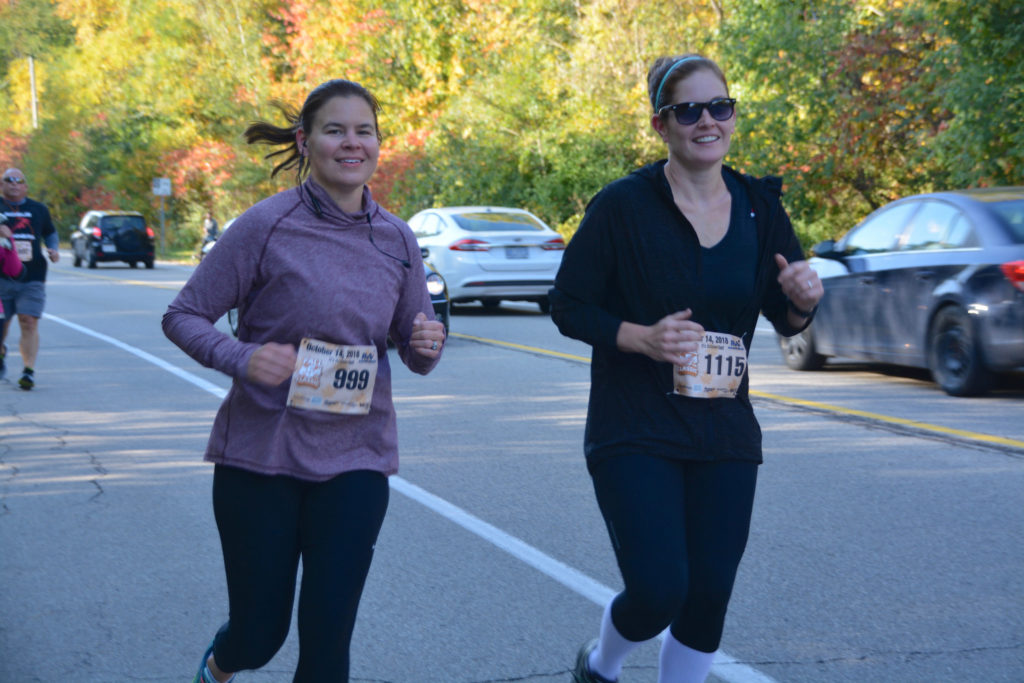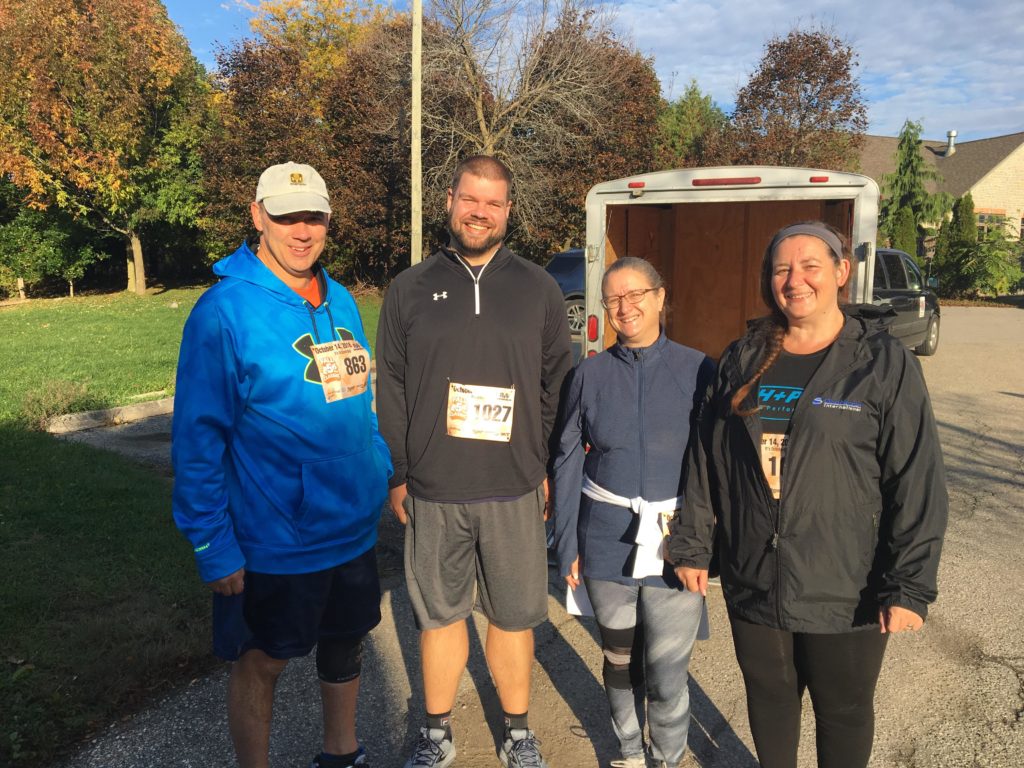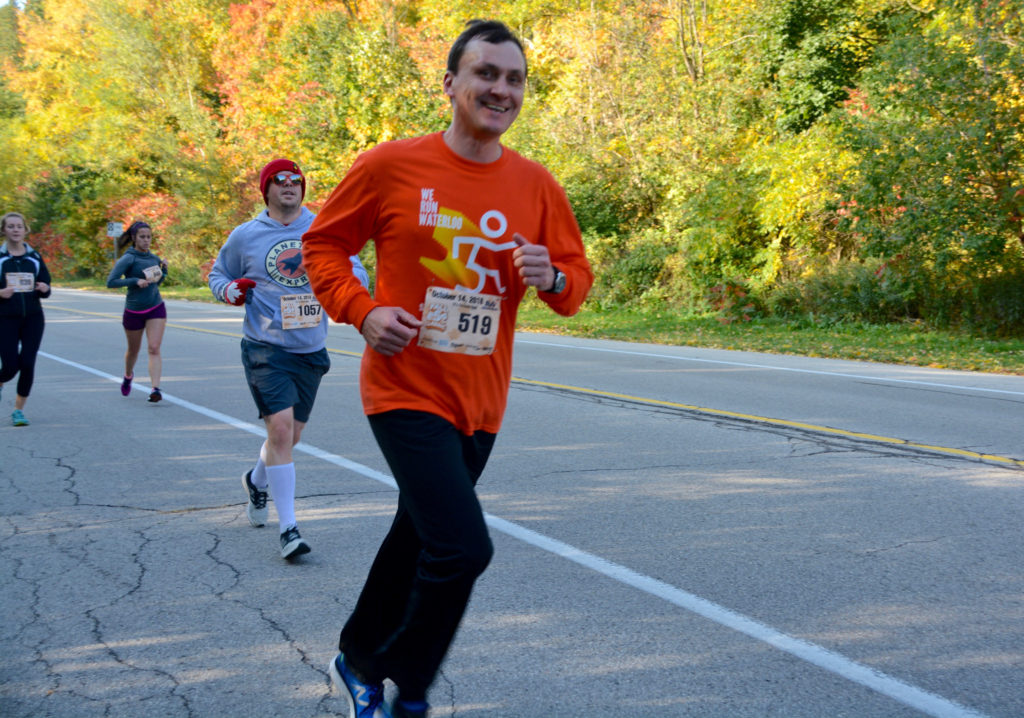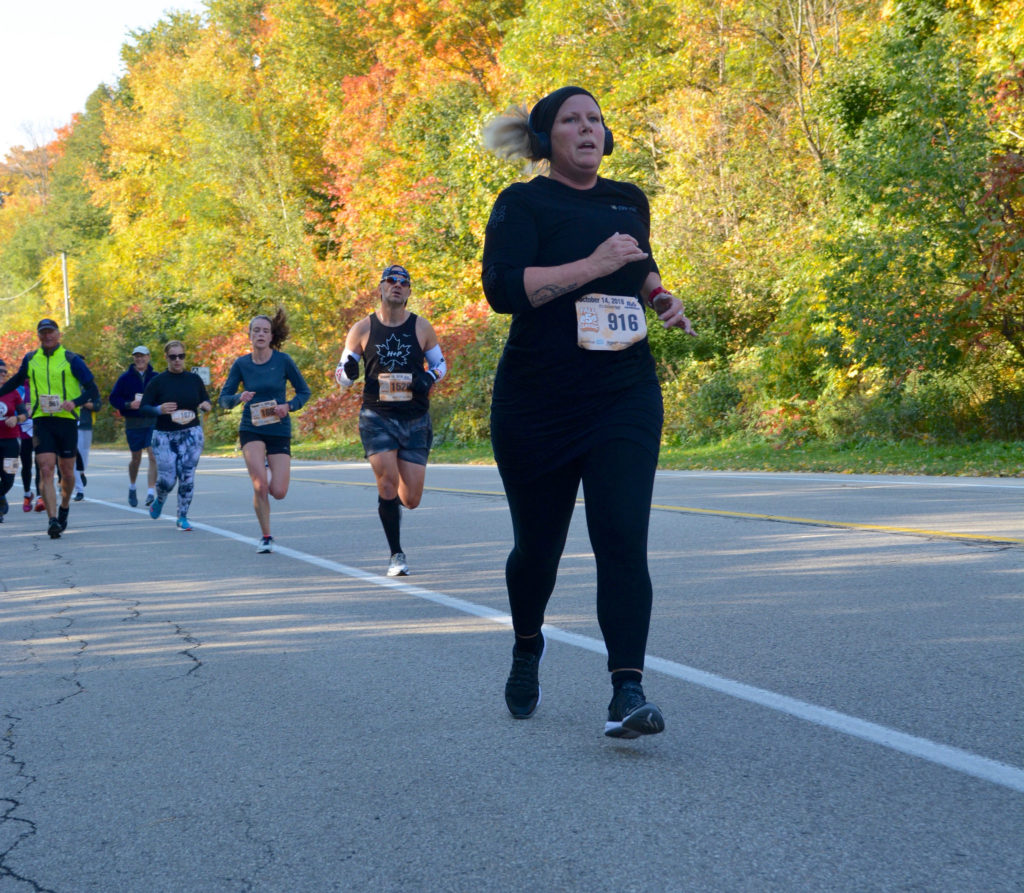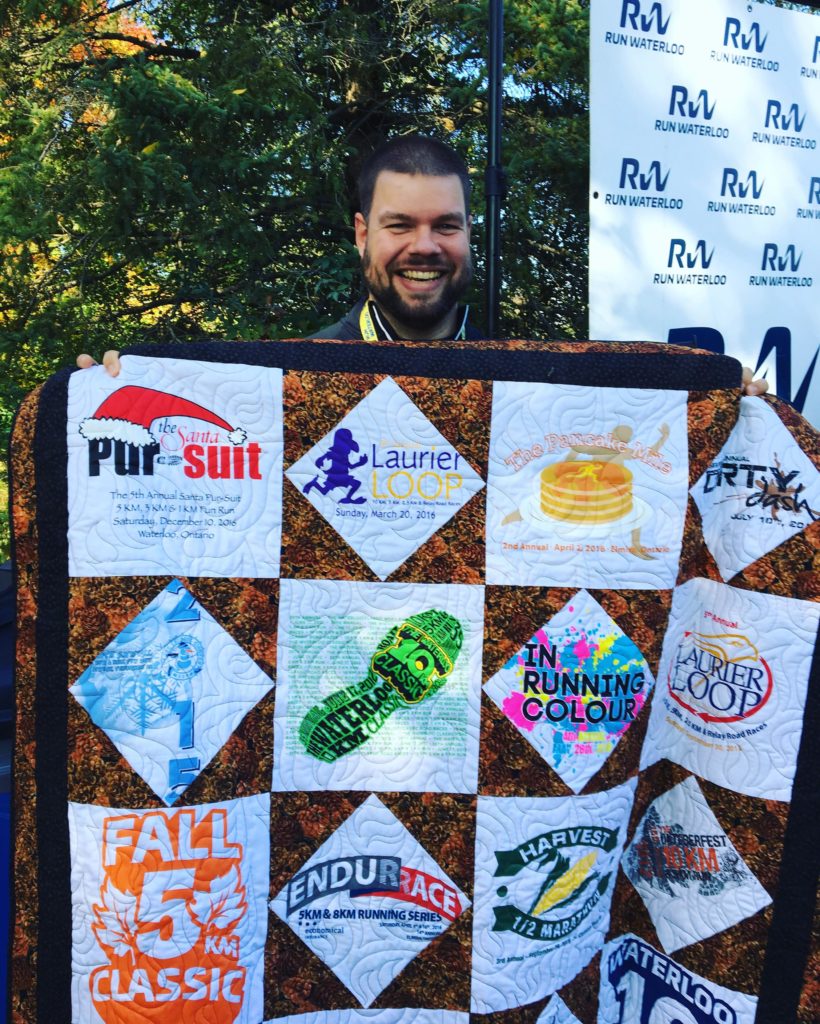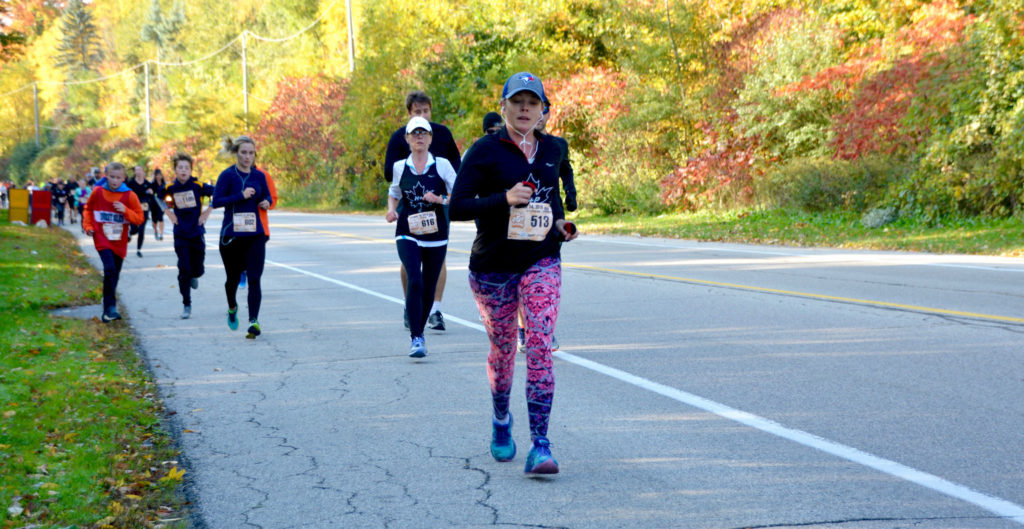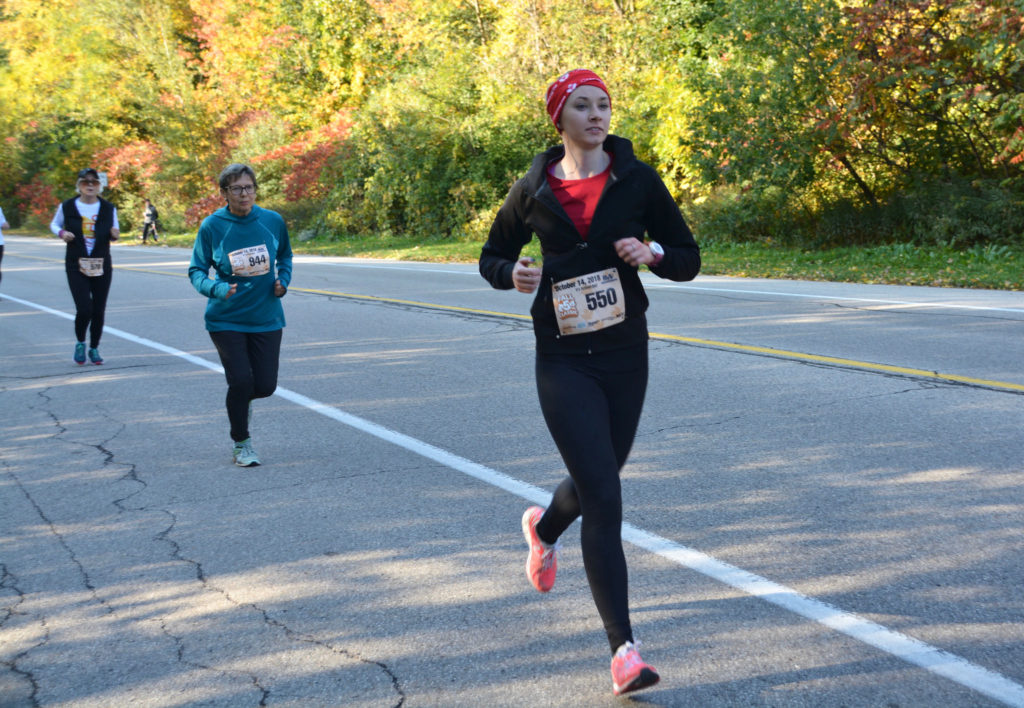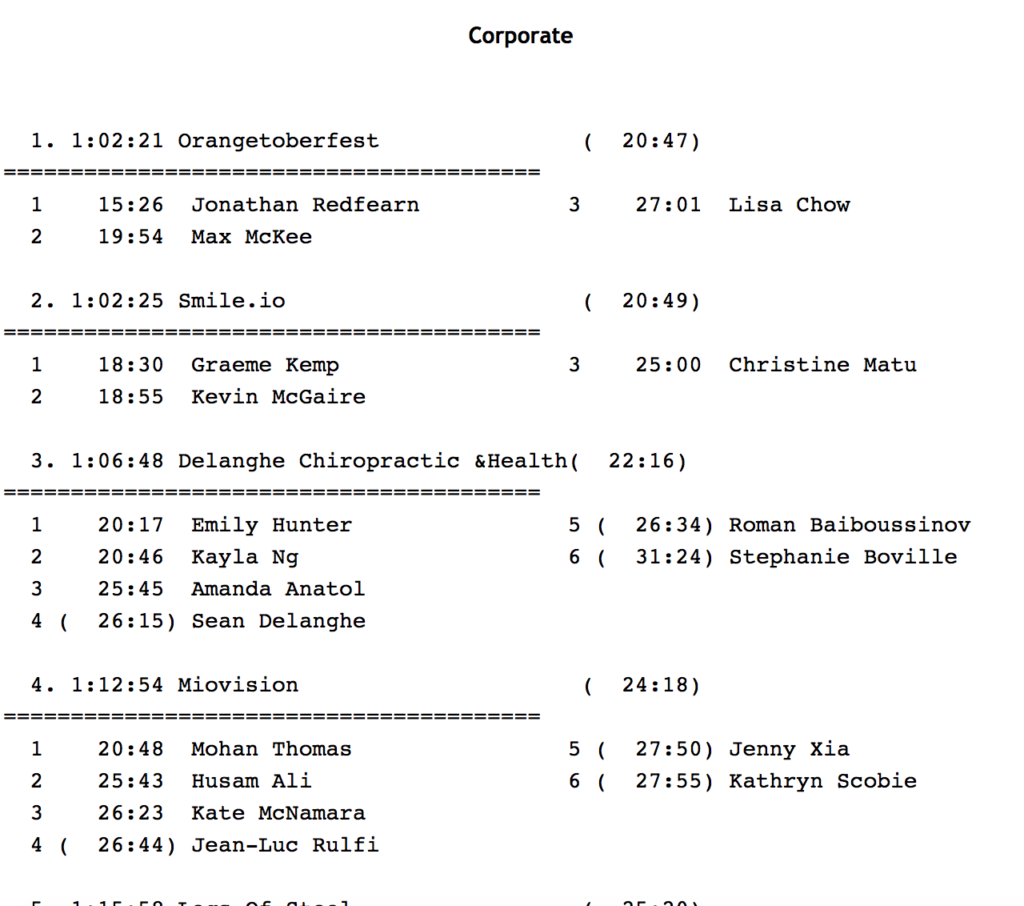In general, our society is becoming more health conscious, which is great! People are living longer and are looking to feel younger as they age. I often work with aging athletes, and older adults to help provide guidance on how they can use different nutrition strategies to help them reach their goals, whether health or fitness related. One of the most common issue these I find older adults face including recovery, strength and body composition changes. If you are over 50 I would encourage you to keep reading!
Sarcopenia
Sarcopinia is the term used to describe the gradual muscle mass loss seen in older adults. We know that in general once you hit age 50, you start to lose about 1% of your lean body mass per year. This is concerning for a few reasons. First, the loss of muscle mass means you will also likely lose functionality, ie you may be unable to lift groceries like you used to. It also can result in changes in balance and stability which may lead to increased risk of falls. Lastly, because our muscle mass is a metabolically active tissue (ie it stores and burns carbohydrates and fats) the decreased muscle mass can decrease the metabolic efficiency and storage of carbohydrates and fats and can lead to development of chronic diseases such as cardiovascular disease or type 2 diabetes. This results in a huge stress on our health care system and therefore is important for us to think about nutrition strategies to maintain our muscle mass as we age.
Why do we lose muscle mass?
It is not known for certain why we lose muscle mass as we age, whether we have a general decreased muscle building and/or increased muscle breakdown or a lower sensitivity for turning on protein synthesis (ie it takes more protein to increase muscle building). Either way, in general this leads us to have higher muscle breakdown than build up, and thus a loss of lean tissue.
What can we do about it?
The first point I want to make is not related to nutrition. It is well known that resistance training is a VERY powerful stimulus of muscle building capacity and aged muscles respond to resistance training similar to young muscles. Resistance training in combination with very easy nutrition changes can help retain, maintain and possibly even build muscle mass in older adults.
Nutrition Strategies
- Increase the protein intake
In a westernized country like Canada, we often get enough protein, however I do notice that older athletes or adults may still need to bump up their intake to maximize recovery. The reason for this recommendation is because we know that an older adult will not respond to a 20g dose of protein like a younger person would, and a higher dose of protein is needed to stimulate muscle building. Some older adults experience decreased appetite and will reduce portions, again we need to keep in mind we need more protein to maintain our muscle mass compared to when we were young!
- Protein quality is important
Research does show that soy protein vs whey or beef protein is less effective to stimulate muscle building. Even though soy is a complete protein (has the same amino acid make up as meat) it seems as though it is processed slightly different in the body. Mainly, the protein in soy seems to be digested slower resulting in less of an increase in amino acid levels in the blood and thus decreased stimulation of muscle protein synthesis. Very careful nutrition planning is necessary if you are an older adult who adheres to a vegetarian or vegan diet.
- Dairy
Dairy has the amino acid Leucine, which is a branch chain amino acid. It is a potent stimulator of muscle synthesis and can assist in maintaining lean mass. Not only is dairy a source of leucine, but adding a glass of milk to your meal will add about 8g of protein, which actually could be all the changes you need to make to meet the protein needs at your breakfast, lunch and dinner. In addition, consuming dairy products will provide you with calcium and vitamin D to assist in prevention of osteoporosis! Win win right?!
- Distribution
We talked about the amount, quality and now we get to the timing! If we look at typical protein amounts at each meal of the general population, we typically consume very little protein at breakfast, moderate amounts at lunch and a HUGE portion at dinner. This is a very skewed distribution of your protein and very little protein synthesis occurs until the dinner time, where not all of that protein can even be used and is wasted. Having multiple doses throughout the day at regular time intervals is the best method of feeding and maintain your muscle mass. You also want to make sure you place your protein at appropriate times to ensure adequate recovery from exercise bouts.
- Supplements
If you are an older adult who is engaging in regular exercise, supplements like protein powder might be common place in your dietary plan. One other supplement that has been shown to have some benefits for older adults is creatine. First we must understand that lifting a weight for 8reps the activity is more intense and it lasts very little time and therefore it will use anaerobic metabolism for the most part, which means that you will be using the phosphocreatine pathway to provide energy along with carbohydrates. The theory is that the more creatine in the muscle, the harder you can train, thus getting a better workout and getting a larger response of muscle strength and growth. It can be used to stimulate your muscle building potential. Research does show that proper dietary strategies + weight training + creatine supplementation can result in additional muscle building, increased strength and also increase in functional movement. Proper dosing is needed to elicit results, and there are a few contraindications for using such a supplement, independent assessment for this supplementation is needed.
As our population ages, it is predicted that at year 2050 a quarter (25%) of the population will be over the age of 65. This may put strain on our health care system, and therefore we need to make sure we do as much as we can to keep our bodies healthy as we age. For more information about how you can keep your body healthy as you age, book an appointment today!

